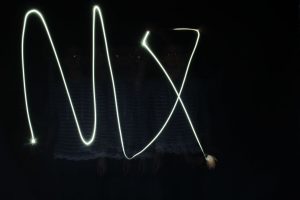


Final Advertising Photos
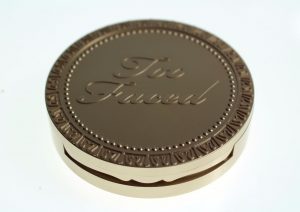

Multiple Exposure
1: dSLR on manual settings (set from2-10″ or bulb exposure) to be able to take the pictures
2: very dark room or nighttime outdoors so light doesn’t corrupt the final image
3: tripod to hold the camera still
4: human subject so there is movement in the picture (the multiple exposure)
5: strobe or flashgun to cause the multiple exposure
6: someone to serve as an extra pair hands to hold the light or to take the picture
7: aperture between f/8 and f/16 to be able to capture the flash exposure
8: camera on manual mode as ISO 100 to see if the room is dark enough to be able to shoot for this technique
9: pose wait for flash, then pose again so the multiple exposures actually happen
10: a single light source so the subject actually shows up in the picture instead of a blank, black screen
Magazine Cover
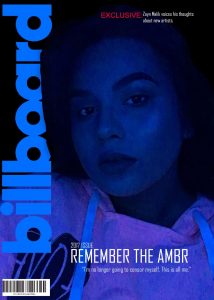
product shoot sheet
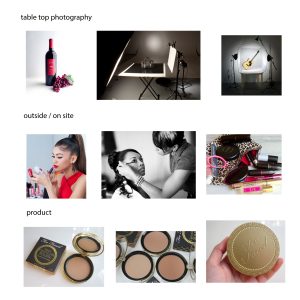
portraits

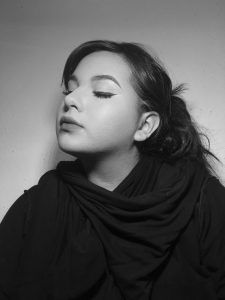
color images


iconic images

- what is the light source? studio lighting
- what direction is the light coming from? directly in front
- what is the best way to recreate the lighting you see in the image? turn away from the camera and look down but tilt the head up
- where is the camera in relation to the subject? directly in front of the subject
- how is the person posed in relation to the camera? almost side profile, head tipped up

- what is the light source? natural
- what direction is the light? the right
- what is the best way to recreate the lighting you see in the image? sit outside and face sideways from the sun
- where is the camera in relation to the subject? directly in front
- how is the person posed in relation to the camera? hes sitting down, with his knees pulled up and his arms resting on his knees.
Portrait
David Hockney Video Questions.
- How should the photographer shoot this series of images? Move around the subject or be stationary? Be stationary.
- How do joiners give the illusion of time and space? They show the inbetweens of pictures as theyre being taken.
- How is physically arranging the photographs like arranging the photographs in Photo Shop? You put the pictures together the same way you would with physical copies.
- What are some pros and cons of Photo Shop joiners vs. physically printing and joining the images? Some pros for photoshop joiners would be its easier for you to resize pictures to fit in with the picture, and you could crop some of the pictures to fit with it too. Some cons for physical joiners is that you cant really resize any of the pictures to fit in with the whole picture.
- Do you prefer the very ‘organized and exact’ style or more ‘broken up’ style of joiner? Why? I like the broken up style because its very abstract and pleasing to my eye.